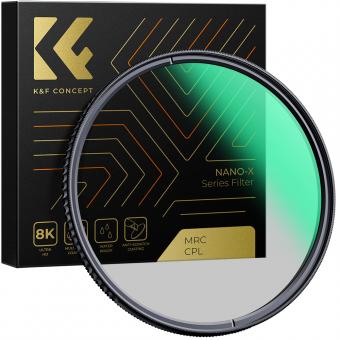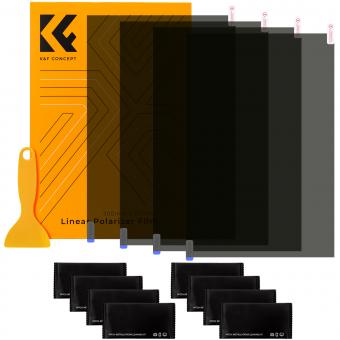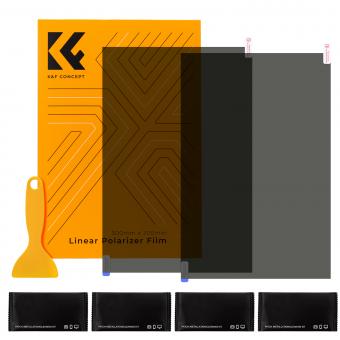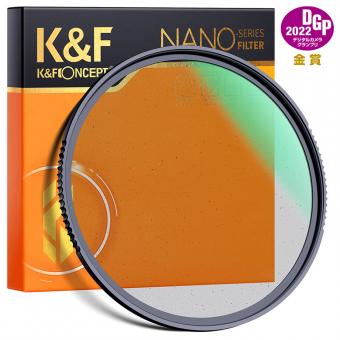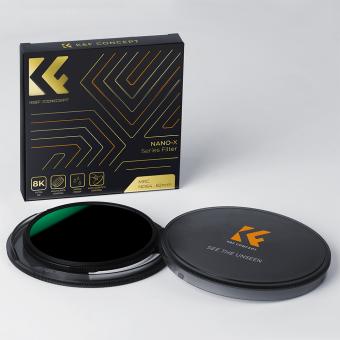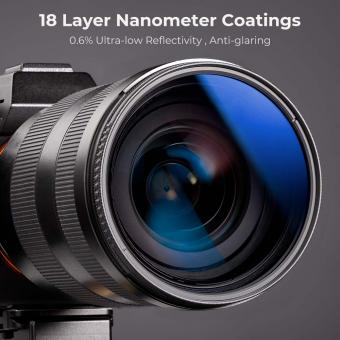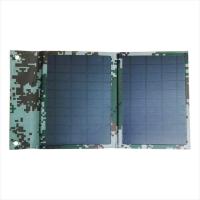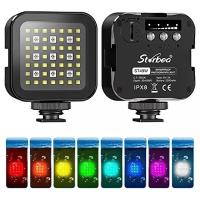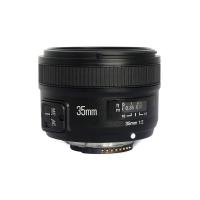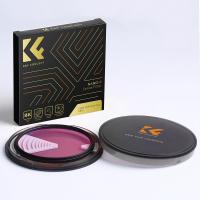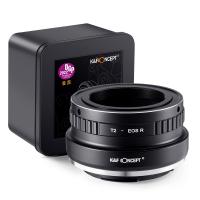What Is A Polarizing Filter ?
A polarizing filter is a type of camera filter that is used to reduce glare and reflections from non-metallic surfaces such as water, glass, and foliage. It works by selectively blocking certain polarized light waves that are reflected off these surfaces, which can cause unwanted reflections and reduce the overall clarity and contrast of the image. By using a polarizing filter, photographers can enhance the colors and details in their photos, particularly in outdoor and landscape photography. The filter can also be rotated to adjust the amount of polarization, allowing the photographer to control the level of reflection and glare in the image. Polarizing filters are commonly used in photography, but they can also be used in other applications such as LCD screens and sunglasses.
1、 Light polarization
A polarizing filter is a type of optical filter that is used to selectively block certain polarizations of light while allowing others to pass through. It is made up of a material that has aligned molecules that only allow light waves that are oriented in a specific direction to pass through. This filter is commonly used in photography to reduce glare and reflections from non-metallic surfaces such as water, glass, and foliage. It can also enhance the color saturation and contrast of the image.
In recent years, there has been a growing interest in the use of polarizing filters in various fields such as medicine, biology, and physics. Researchers have found that polarized light can be used to study the structure and function of biological tissues, as well as to detect and diagnose diseases such as cancer. Polarized light microscopy has also been used to study the properties of materials such as crystals and polymers.
Moreover, polarizing filters have been used in the development of new technologies such as liquid crystal displays (LCDs) and 3D glasses. LCDs use polarizing filters to control the orientation of the liquid crystals, which allows them to selectively block or pass light to create images. 3D glasses use polarizing filters to separate the left and right eye images, which creates the illusion of depth.
In conclusion, polarizing filters are a versatile tool that has a wide range of applications in various fields. From photography to medicine, polarized light has proven to be a valuable tool for studying and understanding the world around us.
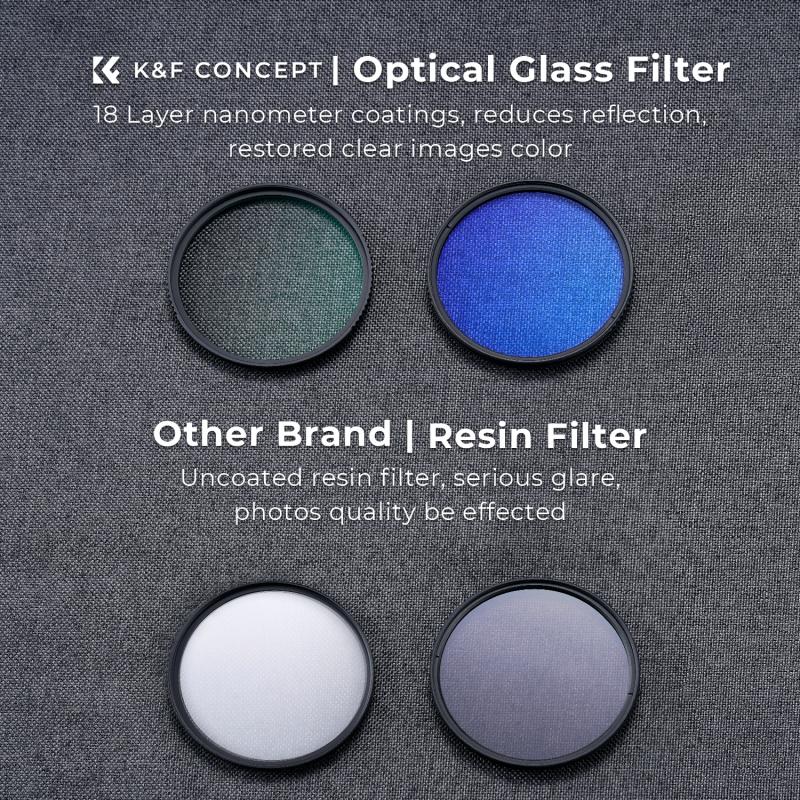
2、 Polarization in photography
A polarizing filter is a camera accessory that is used to reduce glare and reflections from non-metallic surfaces such as water, glass, and foliage. It works by blocking certain light waves that are oriented in a specific direction, allowing only light waves that are perpendicular to the filter to pass through. This results in a reduction of glare and an increase in color saturation and contrast in the final image.
Polarizing filters are commonly used in landscape photography to enhance the colors of the sky, water, and foliage. They are also useful in architectural photography to reduce reflections on glass buildings and in product photography to eliminate unwanted reflections on shiny surfaces.
In recent years, there has been some debate about the use of polarizing filters in digital photography. Some photographers argue that the effect of a polarizing filter can be replicated in post-processing using software such as Adobe Photoshop. However, others argue that using a polarizing filter in-camera can save time and produce better results, particularly in situations where the glare is too strong to be removed in post-processing.
Overall, a polarizing filter is a useful tool for photographers looking to enhance the colors and reduce glare in their images. While there may be some debate about their necessity in the digital age, many photographers still find them to be an essential part of their camera kit.
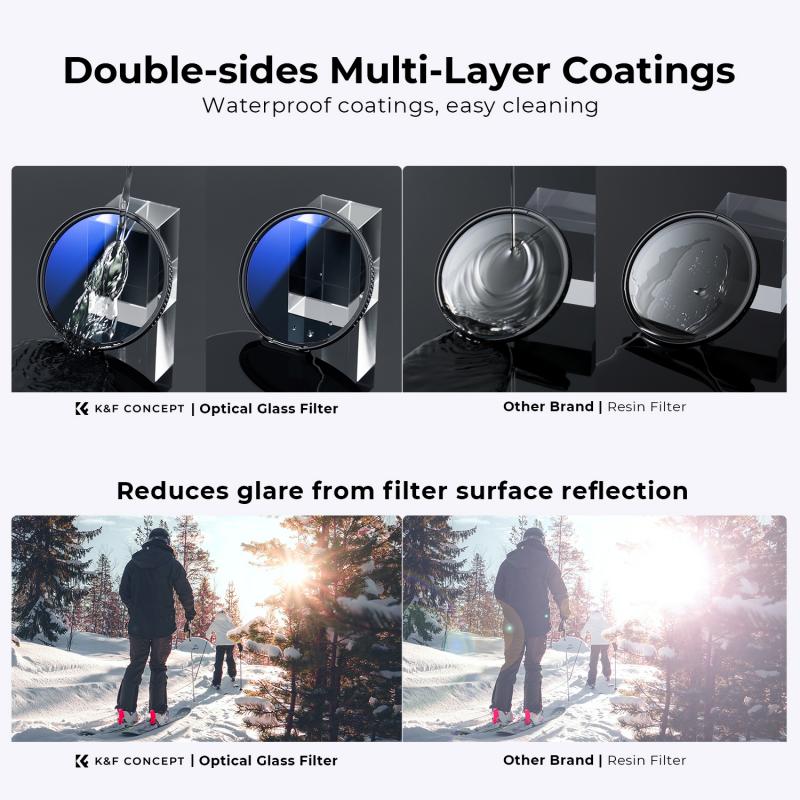
3、 Types of polarizing filters
What is a polarizing filter?
A polarizing filter is a camera accessory that is used to reduce glare and reflections from non-metallic surfaces such as water, glass, and foliage. It works by blocking certain light waves that are oriented in a specific direction, allowing only light waves that are oriented in a perpendicular direction to pass through. This results in a clearer and more vibrant image with improved color saturation and contrast.
Polarizing filters are commonly used in landscape photography to enhance the colors of the sky, water, and foliage. They are also useful in portrait photography to reduce glare and reflections on the skin and other shiny surfaces.
Types of polarizing filters:
There are two main types of polarizing filters: linear and circular. Linear polarizing filters are the older type and work well with manual focus cameras. However, they can interfere with the autofocus systems of modern cameras. Circular polarizing filters, on the other hand, are designed to work with autofocus cameras and do not interfere with the autofocus system.
In recent years, there has been a growing trend towards using digital polarizing filters. These filters are applied in post-processing using software such as Adobe Photoshop or Lightroom. While they do not offer the same level of control as physical filters, they are more convenient and can be used on any image after it has been captured.
Overall, polarizing filters are an essential tool for any photographer looking to capture stunning landscape or portrait images with improved color and contrast.

4、 Applications in science and technology
What is a polarizing filter?
A polarizing filter is a device that is used to selectively filter out light waves that are oriented in a particular direction. It is made up of a material that has been treated to allow only light waves that are polarized in a specific direction to pass through it. This filter is commonly used in photography, where it is used to reduce glare and reflections from surfaces such as water, glass, and metal. It is also used in scientific and industrial applications, where it is used to analyze the polarization of light and to control the intensity and direction of light waves.
Applications in science and technology:
In science and technology, polarizing filters are used in a wide range of applications. They are used in microscopy to enhance the contrast of specimens and to reduce glare from the microscope's light source. They are also used in spectroscopy to analyze the polarization of light emitted by atoms and molecules. In addition, polarizing filters are used in telecommunications to control the polarization of light waves in fiber optic cables, which is important for maintaining the quality of the signal.
The latest point of view:
Recent research has focused on developing new types of polarizing filters that are more efficient and versatile than traditional filters. One example is the development of metasurfaces, which are thin films that are engineered to have specific optical properties. Metasurfaces can be used to create polarizing filters that are more efficient and can be tuned to work at different wavelengths of light. Another area of research is the development of polarizing filters that can be controlled using electric or magnetic fields. These filters have potential applications in displays, sensors, and other electronic devices. Overall, the development of new polarizing filter technologies is expected to have a significant impact on a wide range of scientific and technological fields.


